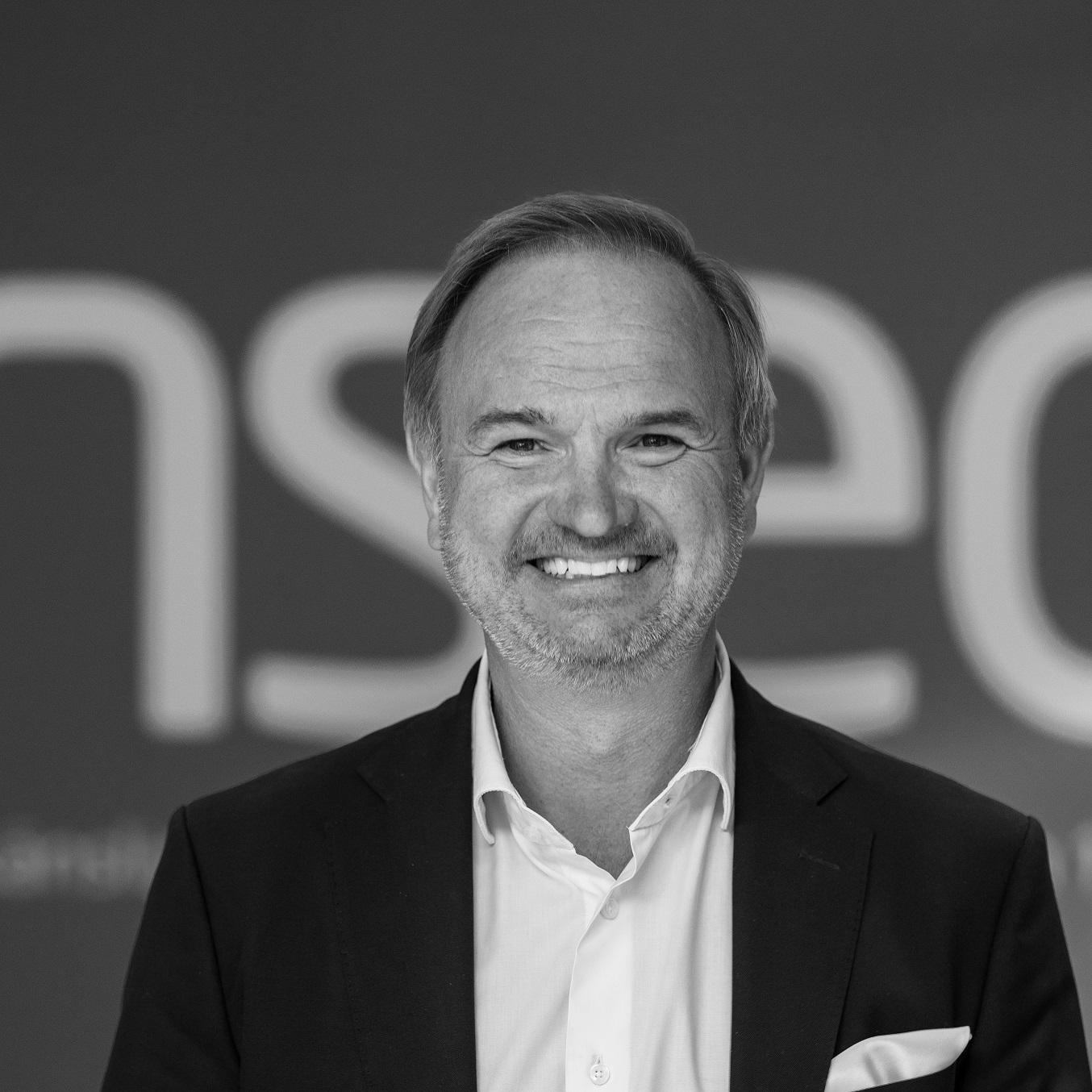
When people think of vertiports capable of facilitating advanced air mobility (AAM) services, they often imagine expansive, futuristic complexes that can handle large numbers of passengers and aircraft at a time.
The reality, however, may look somewhat more modest.
Some vertiport developers, like Swedish startup Kookiejar, for example, envision future networks of affordable, small and modular vertiports with minimal infrastructure that could be as small as a single vehicle Touch-down and Lift-Off (TLOF) area. The company reasons that its initial target applications–things like ecommerce facilitated by drone delivery, or transport of medical services–require distributed networks of dozens or even hundreds of vertiports to deliver on the promised benefits of AAM: time-savings, convenience and accessibility.
“To be able to do a full-scale business at the end of the day, you need to have a flexible light vertiport,” Kookiejar CEO Michael Pettersson tells the AAM Report. “We don’t believe in these infrastructure-heavy buildings like airports do. We think that anything we build has to be something that is easy to implement and scalable to grow over time with the demand; not elaborate costly designs that increases the fee for a flight.”
Pettersson compares Kookiejar’s modular vertiport design to LEGO® blocks, with pieces that can be stacked and connected to enable different sizes and configurations depending on demand and available real estate. The modules would be constructed in a cost efficient and sustainable way similar to the principles how IKEA (another Scandinavian inspiration) builds furniture. The company believes it can eventually build the vertiports in as little as two months once it achieves scale, although it will likely take between six and eight months to build its initial facilities.
Kookiejar plans to build and own its own vertiports, which will then be leased out to third-parties who would manage day-to-day operations at the facilities. The company will offer packages including maintenance, spare parts and services, and can outfit its vertiports with a “Kookie layer” of technology, depending on their needs, including positioning systems, light systems, power systems and more.
One potential option for building out a network of small vertiports in Sweden would be to use the existing structures at a site, for example gas stations from which small drones or eVTOLs could deliver parcels, medical items or even restaurant orders, Pettersson says. “Most of these gas stations have flat roofs and parking space, so it is a suitable location to adapt to manage air mobility, and then have DHL and other partners use those places as delivery points for picking up a package or parcel.”
In Dubai Kookiejar announced a partnership with Heliport Operator Air Chateau securing four initial locations for Vertiports in the Emirate. However AAM is not only for wealthy markets like Dubai. Kookiejar recently signed a Memorandum of Understanding with Abu Dhabi-based airport operator Terminals Holdings to manage and operate a planned network of vertiports in emerging markets in the Middle East and Africa. Pettersson says that Kookiejar’s affordable, infrastructure-light vertiport solutions will be ideal for underdeveloped parts of the world, where AAM can bring important benefits related to commerce, mobility and logistics.
“These developing countries need support in many different ways, and we strongly believe that our product and the vertiport industry as a whole could be a good way to provide those resources,” Pettersson says.
